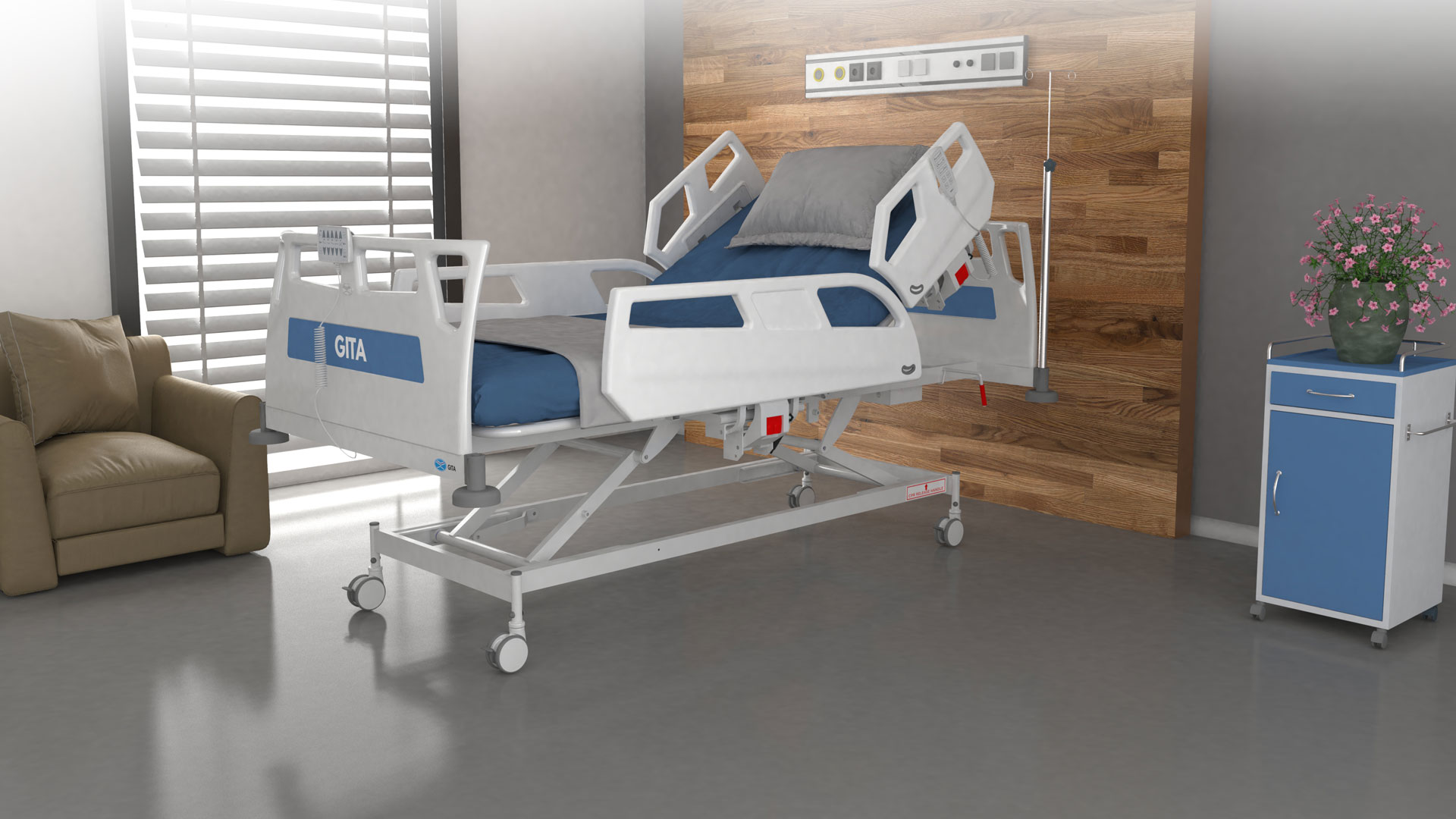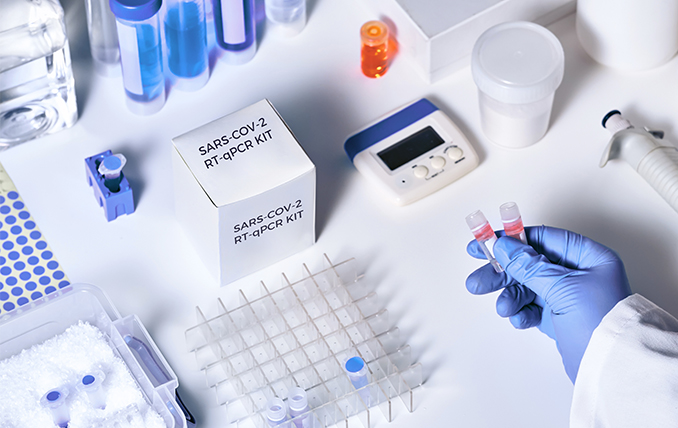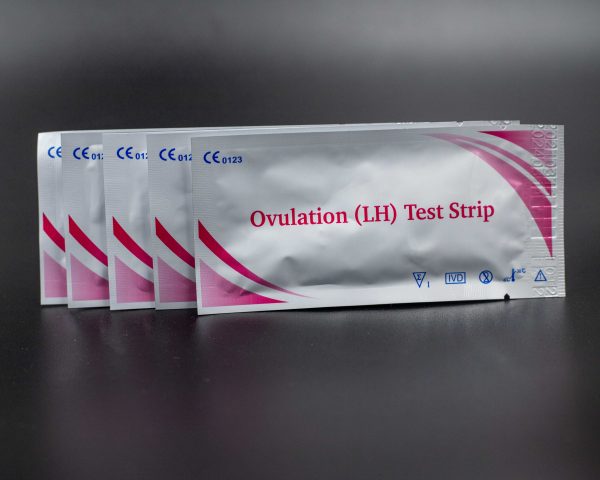Category

Popular Products
-
 DP 20 Portable Ultrasound Machine
DP 20 Portable Ultrasound Machine
KSh 550,000.00Original price was: KSh 550,000.00.KSh 510,000.00Current price is: KSh 510,000.00. -
 Digital Baby Scale
Digital Baby Scale
KSh 10,000.00Original price was: KSh 10,000.00.KSh 7,500.00Current price is: KSh 7,500.00. -
 DENSITY BOTTLE PYKNOMETER WITH THERMOMETER
KSh 5,500.00 – KSh 7,500.00
DENSITY BOTTLE PYKNOMETER WITH THERMOMETER
KSh 5,500.00 – KSh 7,500.00
-
 Suction Machine One Bottle
Suction Machine One Bottle
KSh 18,000.00Original price was: KSh 18,000.00.KSh 15,000.00Current price is: KSh 15,000.00. -
 Digital pocket alcohol blow tester
Digital pocket alcohol blow tester
KSh 12,500.00Original price was: KSh 12,500.00.KSh 9,500.00Current price is: KSh 9,500.00.
Latest News









On Sale Products
-
 CBR swell Tripod
CBR swell Tripod
KSh 35,000.00Original price was: KSh 35,000.00.KSh 32,000.00Current price is: KSh 32,000.00. -
 Sodium Alginate Extrapure 250g
Sodium Alginate Extrapure 250g
KSh 19,500.00Original price was: KSh 19,500.00.KSh 15,950.00Current price is: KSh 15,950.00. -
 FOIF RTS102 Total Station Complete
FOIF RTS102 Total Station Complete
KSh 680,000.00Original price was: KSh 680,000.00.KSh 650,000.00Current price is: KSh 650,000.00. -
 Biospy Needle
Biospy Needle
KSh 3,800.00Original price was: KSh 3,800.00.KSh 3,500.00Current price is: KSh 3,500.00. -
 Biohazard Box 5ltrs
Biohazard Box 5ltrs
KSh 300.00Original price was: KSh 300.00.KSh 250.00Current price is: KSh 250.00.


Before we discuss digital microscope cameras, let’s briefly review what distinguishes digital microscopes from other types of microscopes. A digital microscope is a variation of a traditional optical microscope that uses optics and a digital camera to output an image to a monitor via computer software. They usually have their own built-in LED light source, and since the image is focused on the digital circuit, the entire system is designed for the monitor image. There is no provision to observe the sample directly through an eyepiece, as you would find on an optical microscope, and therefore the optics for the human eye are omitted. Digital microscopes are commonly low priced commercial microscopes designed to be used with a computer.
These microscopes have a significant advantage over other microscopes, namely, their magnification. Since digital microscopes do not have an eyepiece, the magnification is determined by how many times larger the sample is reproduced on the monitor. This means that the size of your monitor is crucial. And, since the digital microscope has the image projected directly onto the CCD (charge coupled device) camera, it is possible to have higher quality recorded images.
DIGITAL MICROSCOPE CAMERAS
Now let’s get into digital microscope cameras. The Moticam series are digital microscopy cameras that have the ability to connect the camera to your TV monitor, computer or projector. They can also capture the perfect image, and allow you to take measurements, make annotations, create reports, make comparisons and much more. They include an “all-in-one-box” which includes the camera, accessories and Motic Image Plus 2.0. This program allows immediate access to examine the full functionality of the imaging camera to view specimens, capture and share images. Specifically, the Moticam 580 digital microscope camera transforms your microscope into a digital documentation station. It offers richer color definition, better signal integrity, greater bandwidth, and HD videos. The live image may be streamed through the provided HDMI cable to a high-resolution monitor. The image will be of higher quality with these microscope cameras.
MICROSCOPE BULBS
When you purchase your microscope, be sure to find out what kinds of bulbs are needed for your microscope. The more common the bulb is the better off you will be in the long run. There are four kinds of microscope bulbs: Tungsten, Fluorescent, LED and Halogen.
Tungsten is the least expensive microscope bulb around today. This bulb provides a steady source of light, but can get very hot, and that heat can possibly dry out specimens. Microscopes with tungsten lights usually have an on/off switch and no dimmer.
Fluorescent bulbs consist of a gas filled tube that is more expensive. It appears to us as a whiter light where objects look more accurate. These lights give off very little heat, which is important when observing specimens
An LED (Light Emitting Diode) consume very little power and is long-lasting. Technology advances have made these bulbs brighter, much more reliable, and fully dimmable. As a consequence, their use in microscopes has gained popularity.
Halogen is seen primarily in medical and research microscopes because it provides a very white, bright, concentrated light. This type of light is preferred in medical and lab instruments. Microscopes with halogen lights are usually fitted with a dimmer, which reduces the heat produced.
CHANGING A MICROSCOPE BULB
In order to keep a microscope working properly, the light source needs to be at top performance levels. Replacing the bulbs and arrays will meet those performance levels.
Before starting, allow the bulb you are replacing to cool, and take a few minutes to consult the user’s manual to identify the type and size of light source (light bulb or LED array) that will be needed, as well as guidance on how to change the light source.
Next, loosen the set screw enough to allow the light source cover to lift free of the base, being careful not to lose the screw. Set the cover aside, making sure not to get fingerprints, dust, dirt, sand or other debris on the inside glass lens. Remove the bulb or array and place it somewhere it will not be broken.
Using a soft cloth, handkerchief, or wearing a cotton glove, remove the bulb or array from its packaging and install it. Avoid touching the glass of the bulb with your bare hands, as fingerprints, natural oils in the skin, and particles of dust can be transferred to the bulb or array. When the bulb gets hot it will heat the oils, which can cause the bulb or array to blow, or the oils can burn and discolor the bulb or array, affecting the image quality. Or, the dust particles can burn into the bulb, reducing the life of the bulb and, again, affecting the quality of the light produced by the bulb. Any of these will result in the necessity of replacing the bulb or array prematurely.
Replace the cover as dictated by its design and tighten down the set screw. After the replacement is complete, wrap the old bulb in paper towels or old newspaper and tape it closed to protect the hands of anyone who handles the trash bag.
To purchase a digital microscope and parts in Kenya, contact labsoko.com via info@labsoko.co.ke
-
ALCOHOL BLOW AT7000 Fuel Cell Rapid Screening Breathalyzer
KSh 105,000.00Original price was: KSh 105,000.00.KSh 95,000.00Current price is: KSh 95,000.00.Add to cartNo need to warm-up, rapid test, result within 1 second great for commercial use.
No need for mouthpieces, clean and hygiene
Matrix red and green light corresponds to different results
Working time >2000 blowing times (full charge)
Sensor type: Fuel cell
Display: 1.77-inch LCD
Power: 4×AA batteries
-
-
-
Aneroid Blood Pressure Machine
KSh 2,500.00Original price was: KSh 2,500.00.KSh 2,000.00Current price is: KSh 2,000.00. -
Pipette Variable
KSh 4,500.00Add to cartVolume Range: – 0.1-2.5μl; Increment: 0.05μl Adjustable Volume: – Our micro pipette is more accurate volume setting with digit display. Simply rotate the piston button to select the desired volume. AUTOCLAVABLE: The tip core can be disassembled and autoclaved in 121 degree. Easy to Operate:
-
Hard Collar
KSh 2,200.00Original price was: KSh 2,200.00.KSh 1,200.00Current price is: KSh 1,200.00.Add to cartPreventive care of neck during work, travel, watching T.V or reading.
Perforations provides vantilation.
Adjustable height with fastners foreasy adjustment.
Made from malleable soft plastic. -
Compass with Mirror
KSh 2,850.00Original price was: KSh 2,850.00.KSh 2,500.00Current price is: KSh 2,500.00.Add to cartA professional mirror compass with top-of-the-line features for precise directional measurements globally
The advanced navigation compass. When venturing out into new territory, these sighting compasses offer precision navigation with a variety of carefully engineered and dependable features for challenging conditions.
PRODUCT HIGHLIGHTS
Fast, globally balanced needle with jewel bearing
Sighting tools for accurate direction taking
Adjustable declination correction -
Sanwa CD 772 Digital Multimeter
KSh 32,500.00Add to cartProduct Key Features
-
Measurement CategoryCAT III
-
AC Voltage RangeDigital
-
Resistance Range400/4k/40k/400k/4M/40MΩ
-
Maximum Input Voltage1000V
-
Form FactorHandheld
-
Test/Measurement FunctionsDC Current, AC Current
-
FeaturesTrue RMS, Backlight
-
Number of Counts4000
-
DisplayDigital
-
-
Wall Mounted Non Contact Infrared Thermometer
KSh 9,500.00Original price was: KSh 9,500.00.KSh 8,500.00Current price is: KSh 8,500.00.Add to cartInfrared non-contact measurement you don’t need to take it in hands and reduces the risk of cross infection. Respond quickly and large clear LCD screen with great readability which can reduce queue time
-
Borosil Automatic Bottle Top Dispenser
KSh 135,000.00 -
Automatic Level Bosch
KSh 48,500.00Add to cartAutomatic Level Bosch(Dumping Level ) complete with Aluminium Tripod,Staff and Hard Carrying Case
Related
Written by labsoko

Testimonials

Mount Everest Clinics
We have been purchasing products from labsoko for the past few months, and we can attest that they supply quality products with very professional approach.

Dr. Stela
Thank you labsoko, you are God sent, it has become easy for us to order our hospital's equipment's and get delivered on time. Asanteni!!!

St Michaels High Scool
All our lab equipments have been restocked from labsoko.com website. We were recommended by a lab technician to you and all we can say is that YOU DELIVER. Keep it up guys
Latest Products
-
 Smart2Pure™ UV/UF 12 ltrs Water Purification System
KSh 2,500,000.00
Smart2Pure™ UV/UF 12 ltrs Water Purification System
KSh 2,500,000.00
-
 VeritiPro™ Thermal Cycler, 96 well
KSh 1,695,000.00
VeritiPro™ Thermal Cycler, 96 well
KSh 1,695,000.00
-
 Kolida KTS-491R10LC Digital Total Station
KSh 1,350,000.00
Kolida KTS-491R10LC Digital Total Station
KSh 1,350,000.00
-
 Ohaus MB120 Moisture Meter
KSh 995,000.00
Ohaus MB120 Moisture Meter
KSh 995,000.00
-
 Leica Sprinter 250 Digital Level
KSh 698,500.00
Leica Sprinter 250 Digital Level
KSh 698,500.00
-
 Kolida K1 PRO Receiver
KSh 675,000.00
Kolida K1 PRO Receiver
KSh 675,000.00
-
 Kolida KTS-442UT Total Station Set
KSh 675,000.00
Kolida KTS-442UT Total Station Set
KSh 675,000.00
-
 FOIF RTS102 Total Station Complete
FOIF RTS102 Total Station Complete
KSh 680,000.00Original price was: KSh 680,000.00.KSh 650,000.00Current price is: KSh 650,000.00. -
 Leica- Sprinter 150 Digital Level
KSh 560,000.00
Leica- Sprinter 150 Digital Level
KSh 560,000.00
-
 DP 20 Portable Ultrasound Machine
DP 20 Portable Ultrasound Machine
KSh 550,000.00Original price was: KSh 550,000.00.KSh 510,000.00Current price is: KSh 510,000.00.
Recent Articles
- Success Story Of A New Clinic After Purchasing All Hospital Equipment’s Online
- Hospital Furniture In Kenya
- Hospital Diagnostic Kits In Kenya
- Hospital Equipment’s In Kenya
- Understanding & Starting an ovulation test kit business in Kenya
- Teacher’s Guide to Lab Supplies Needed for Biology in Kenya
- Understanding Hydrochloric Acid And Where To Buy In Kenya
- An Overview of Nitric Acid and Its Uses in Kenya
- What’s the difference between Nitrile, Vinyl And Latex Gloves?
- Hospital Furniture’s In Kenya; Buying Tips
















Leave a Reply